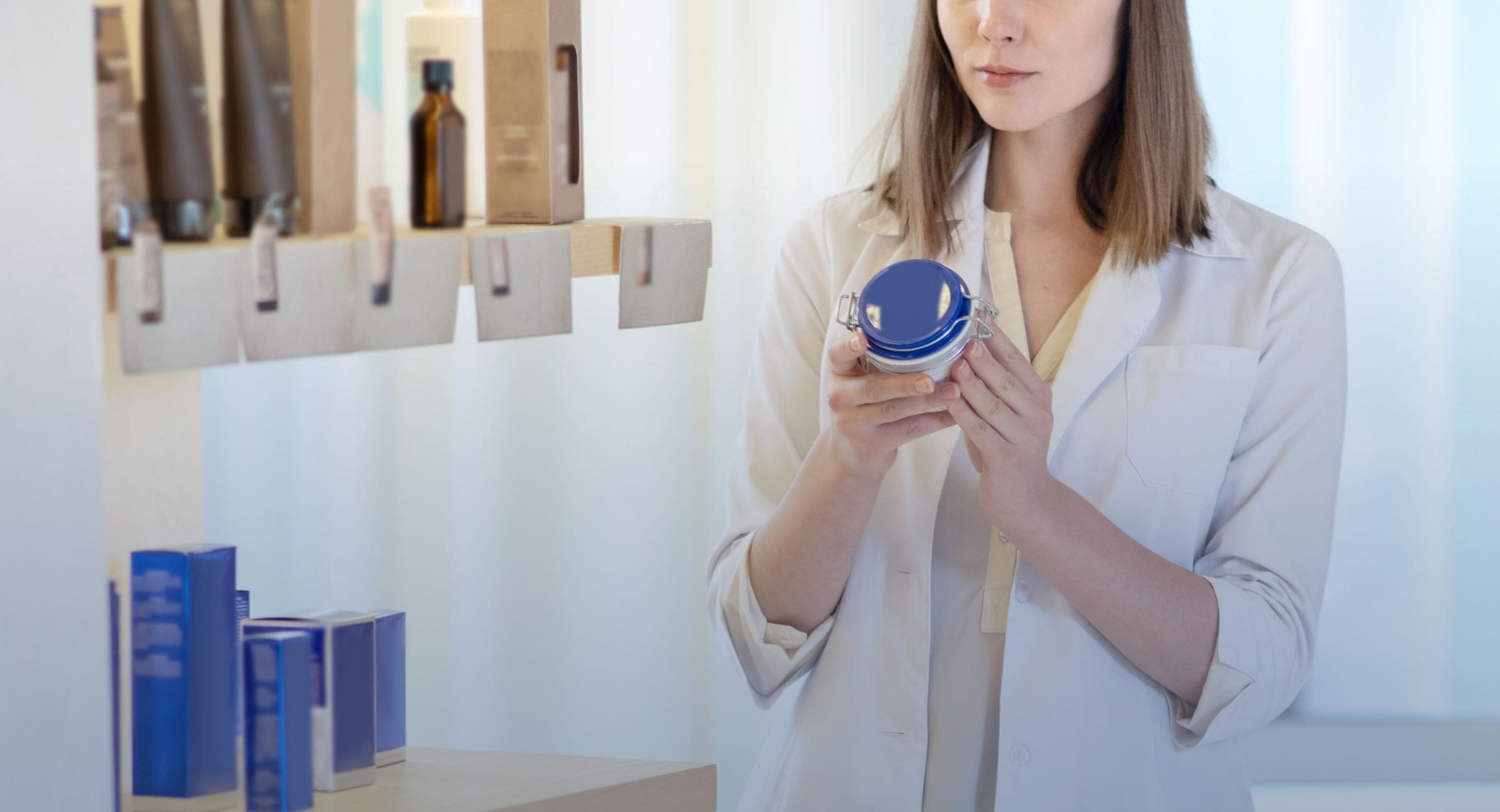When you decide to expand your business and start selling your cosmetic products on the European Union market, probably the first thing you want to know is how long it will take. It isn’t always easy to determine how long it takes to register a cosmetic product for release on the EU market. Sometimes, it can be a lengthy process, in others quite brief.
There are three main factors determining the timeline of the compliance process:
- The cooperation between all parties involved, such as the manufacturer, the Responsible Person, and the producer(s)
- The completeness of the documentation (Product Information File)
3. Whether the product has already undergone all necessary safety tests will outline some crucial steps to shorten the timeline of the notification process.
-
Appointing a professional European Responsible Person
According to Article 4.1 of Regulation EC 1223/2009, “Only cosmetic products for which a legal or natural person is designated within the community as ‘responsible person’ shall be placed on the market” (European Commission, 2009). As a result, all non-EU manufacturers must appoint an EU-based Responsible Person (RP) as early as possible to expedite the compliance process. Even if it is not mandatory, we recommend that EU brands appoint a professional Responsible Person. A company with solid regulatory expertise will facilitate your compliance process, keep you updated on any regulatory changes, and facilitate communication with authorities.
-
Completing the Product Information File
Another important step in reaching the product registration process is compiling the Product Information File (PIF). The PIF is a collection of safety documentation required for each cosmetic product before it can be placed on the European market. The Responsible Person must keep the PIF available for authorities’ inspections for at least 10 years after the last batch of a product is placed on the market.
Some of the elements required within the PIF include the following:
- Product description
- Safety Assessment Report
- Laboratory testing
- Method of manufacture
- Evidence of compliance with Good Manufacturing Practices (GMP)
- Proof of the effect claimed (where justified)
- Data on Animal Testing
- Labelling (taking into account the container and outer packaging)
- Data on Serious Undesirable Effects
-
Passing all necessary safety tests
All cosmetic products must undergo laboratory tests to ensure their safety before entering the EU market. The results of such tests are included in the PIF. The main tests required for cosmetic products in the EU include:
- Stability testing to verify how long a product keeps its function and can safely be used. You can choose either a real-time or accelerated test that takes 90 days.
- Compatibility testing to study the interactions between the product and its final packaging. It is conducted together with the stability tests.
- Challenge testing to evaluate the efficacy of the preservative system of the product in avoiding microorganism growth. The test lasts 28 days.
Obelis offers a one-stop solution for the compliance of cosmetic products that will save you from any waste of time. We want to make regulatory compliance easy for you!
If you appoint Obelis as your Responsible Person, we will support you throughout the compliance process. Hence, we will:
- Be your only contact point in the European Union
- Help you to compile the PIF
- Assist you in obtaining the necessary laboratory testing
- Communicate with your producers and suppliers to get the documentation
- Notify your products to the CPNP — From the moment of the notification, you can place the product on the EU market
- And much more
Contact us to receive further information on how we can support you in entering the EU market and beyond.
Updated on 24.08.2023


